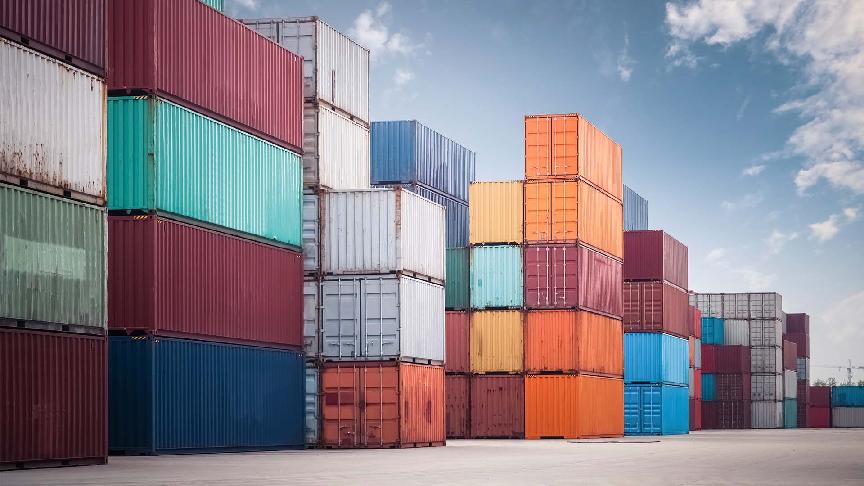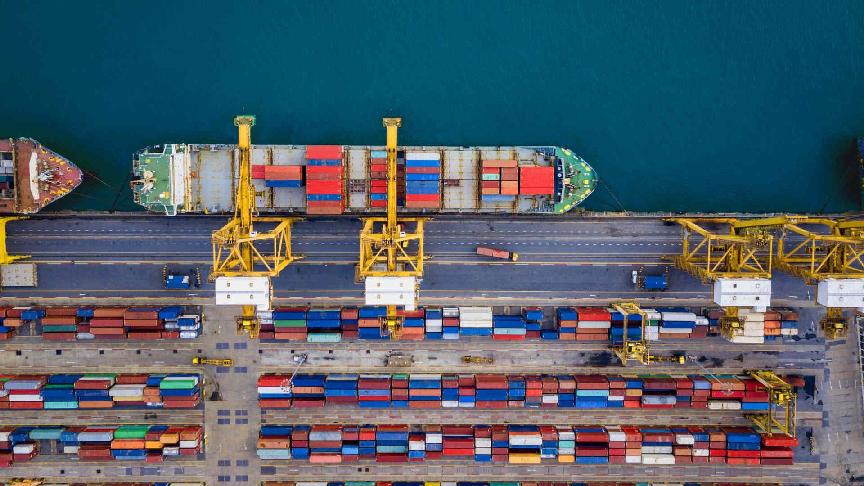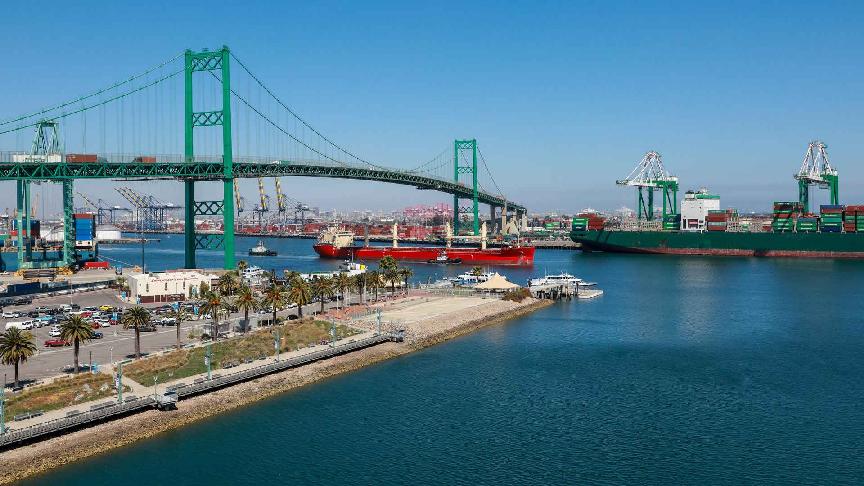by Lloyd's List
14 August 2025 (Lloyd's List) - IT’S NO surprise that last month was strong for the Port of Los Angeles, given that importers frontloaded cargoes ahead of August tariff hikes. But the numbers came in even hotter than expected.
The port said on Wednesday that throughput totalled 1,019,837 teu last month, surpassing the previous record set in May 2021 during the pandemic boom.
Imports surged to 543,728 teu, also an all-time high. July’s imports were up 16% month on month and 8% year on year.
“Not surprisingly, much of this volume was fuelled by importers hustling to bring in cargo ahead of potential tariff hikes,” said Port of LA executive director Gene Seroka during a press conference.
“We had 107 vessel calls in July, 30% more than our average over the past five years. Sixteen of those ships had capacity of over 13,000 teu, setting another all-time mark. And we saw 11 extra loaders — the most since the pandemic.
“All of this was accomplished without any vessel backups or any dock congestion,” added Seroka.
The caveat is that July will almost certainly be the apex of the year.
“Looking at the data and talking to many of our importers, it seems likely that goods coming into the US may have just peaked. A lot of inventory is already here,” said Seroka.
He expects lower volumes this month and thereafter “but the cargo is not going to fall off a cliff”.
“August will be less than July and less that what we witnessed last August, but it doesn’t look that bad. It’s looking like around 850,000-900,000 teu [in total throughput] on about 90 ships, so it will be a solid month.”
Zac Rogers, assistant professor of supply chain management at Colorado State University, spoke during the LA press conference about domestic supply chain dynamics and what they mean for import demand in the final five months of the year.
Rogers is a member of the team that puts together the Logistics Managers’ Index survey on US domestic inventories, warehousing and transportation. An LMI reading above 50 indicates expansion and a reading below 50 points to contraction.
The LMI for inventory costs is elevated, at 71.9. “That’s for two reasons,” said Rogers. “One is tariffs, and the other is so much inventory is already here, and that’s really putting stress on the warehousing network, and there’s a lot of costs for holding onto goods.”
Those costs are currently in the “upstream” part of the logistics chain — wholesalers, manufacturers and distributors — as opposed to the “downstream” part, i.e., retailers.
“Our retailers are coming in at 47.6 for inventory levels, meaning they’re actually reducing inventories,” explained Rogers.
“There’s so much inventory in the system right now and most of it is sitting in the ‘middle mile’ of the supply chain. We brought all this stuff in, but the retailers don’t want it on their books, and when that happens, it’s the middle of the supply chain that gets squeezed.
“The reason consumers haven’t really seen a big impact from inflation is that the costs haven’t necessarily moved downstream yet. They’re sort of sitting right now in the middle mile.
“We’ve had all of this activity at the Port of Los Angeles, and that’s reflected in our upstream numbers,” said Rogers. “We’re seeing a pretty good correlation between the teu import volumes coming into the Port of LA and our upstream inventory numbers.
“We haven’t seen as much downstream yet. We’ve had the supply [leading to] the upstream spike, and now we’ll be moving toward a downstream spike. We haven’t seen the big price increases yet, but the early indicators look like we’re going to start to see those more at the consumer level.”
On container shipping imports, Rogers said, “I expect we will have a quieter period at the ports. We’ll still have some flows, but everything is already here for the holiday season. We don’t need a lot more inventory before the holidays — we have so much already.
“What will be interesting to see is what sort of activity happens ahead of Chinese New Year [in 2026], because we don’t have enough goods pulled in to last in perpetuity. We’re going to need to bring in more stuff.”






